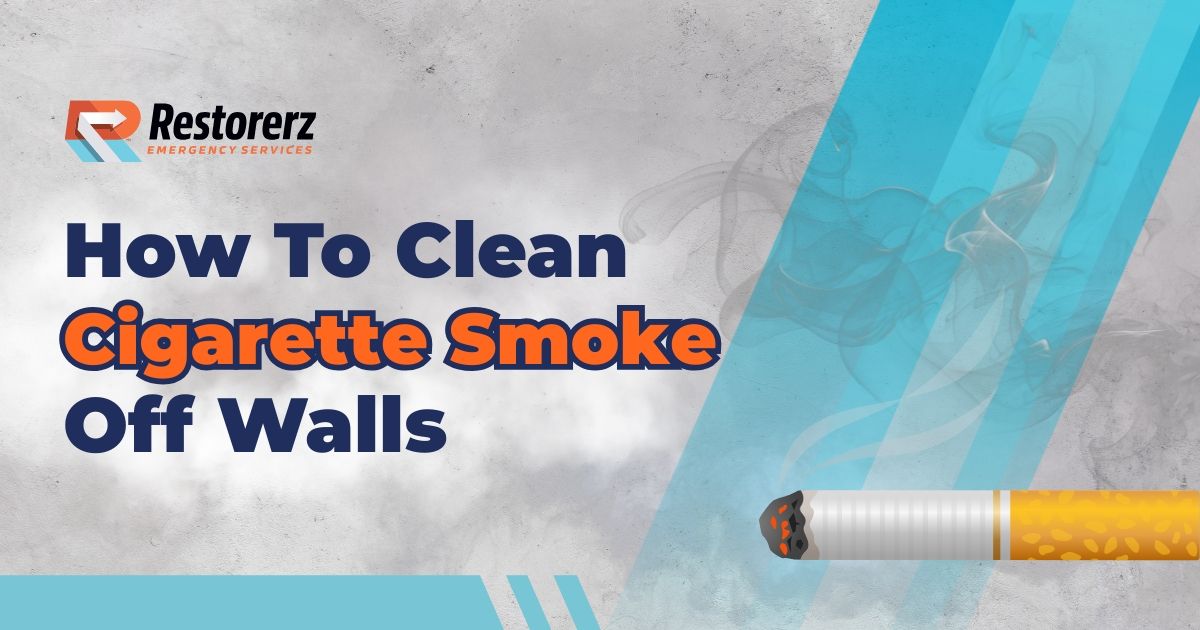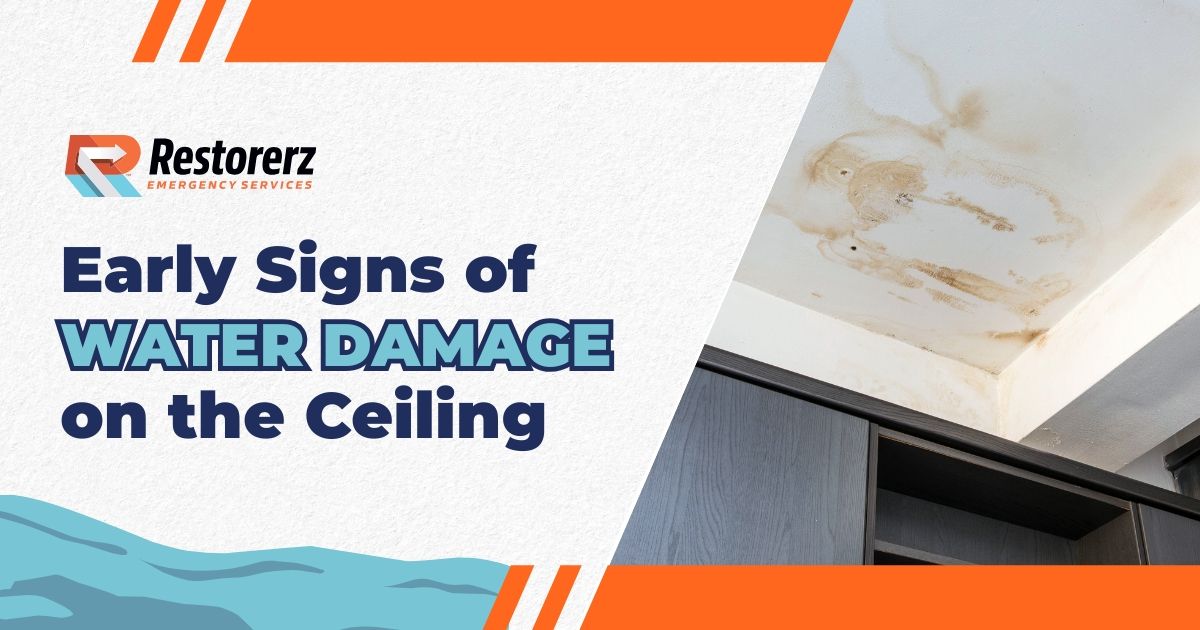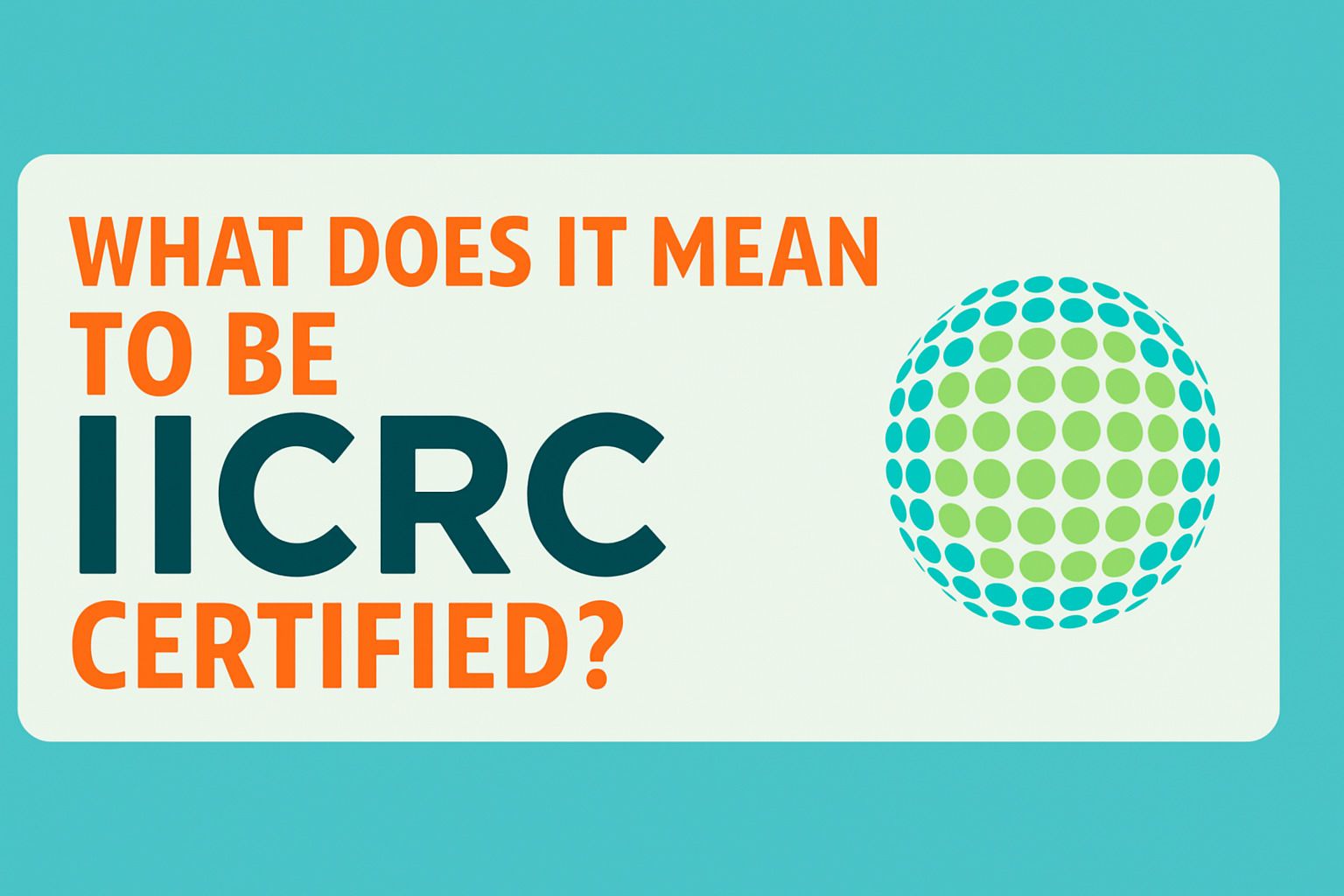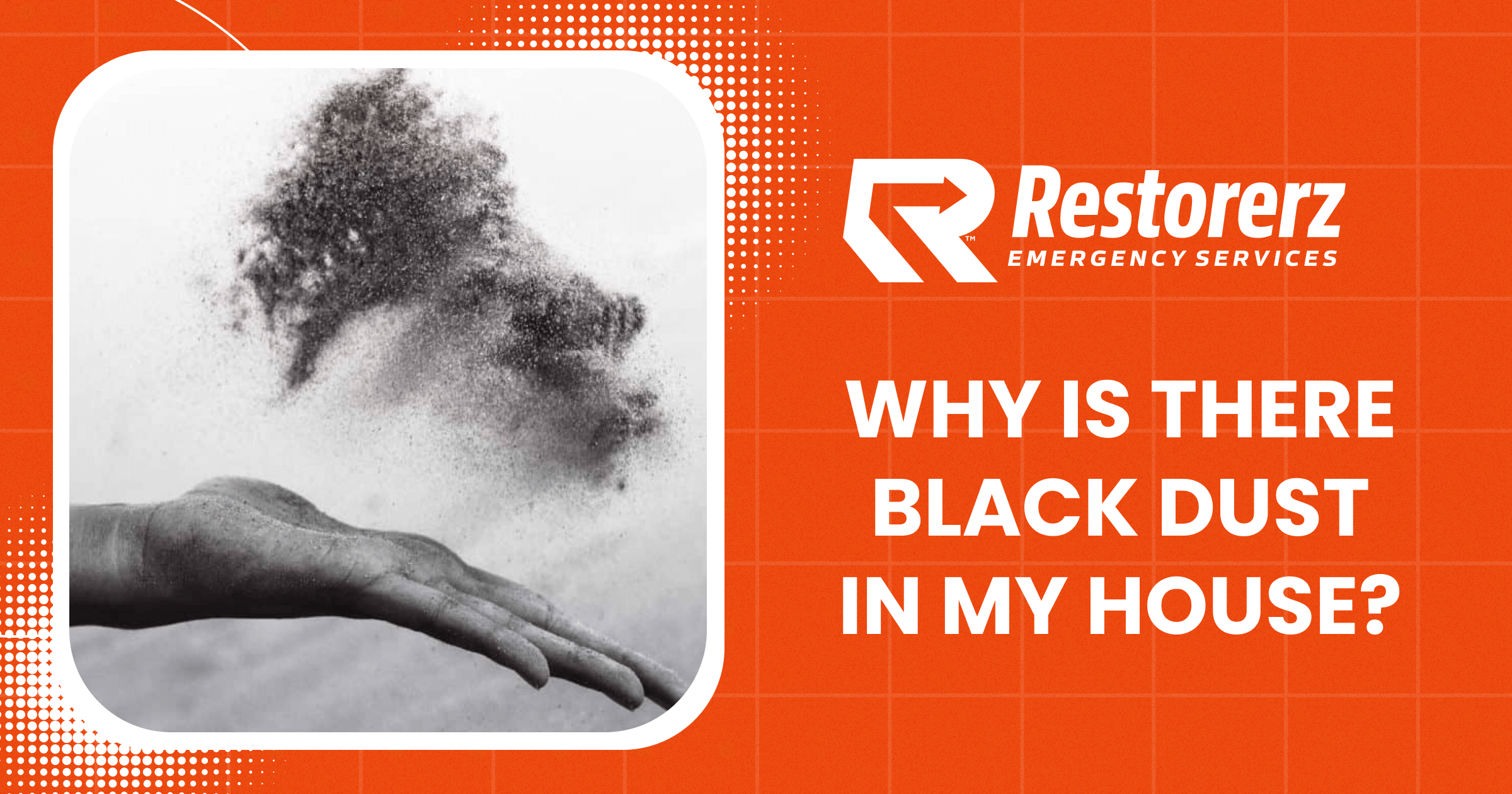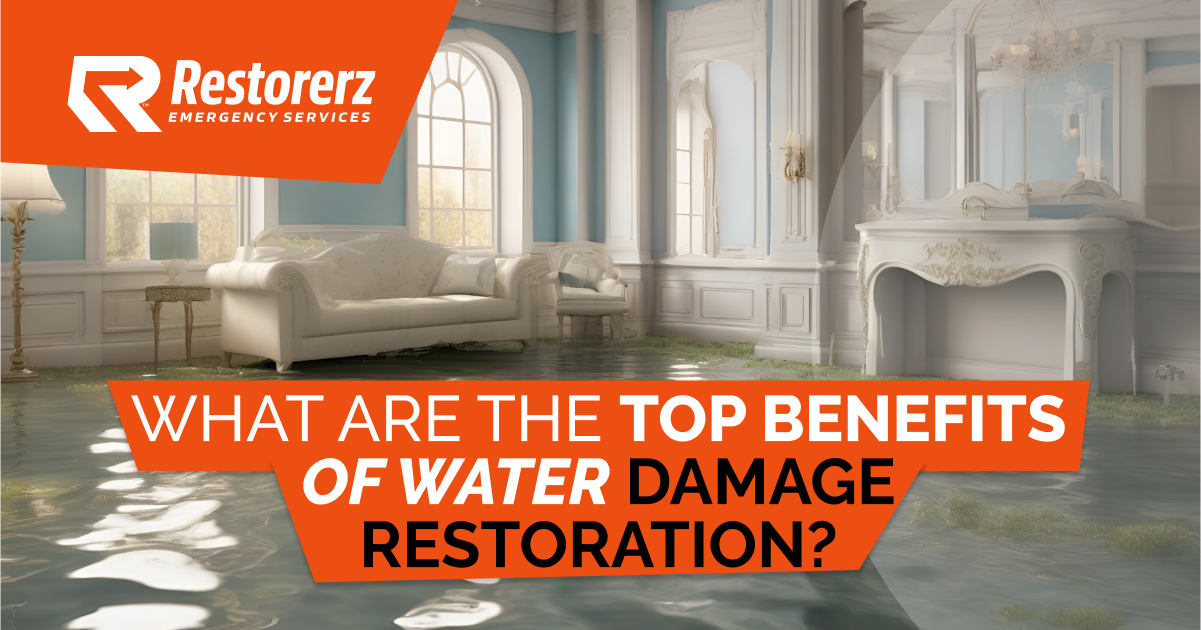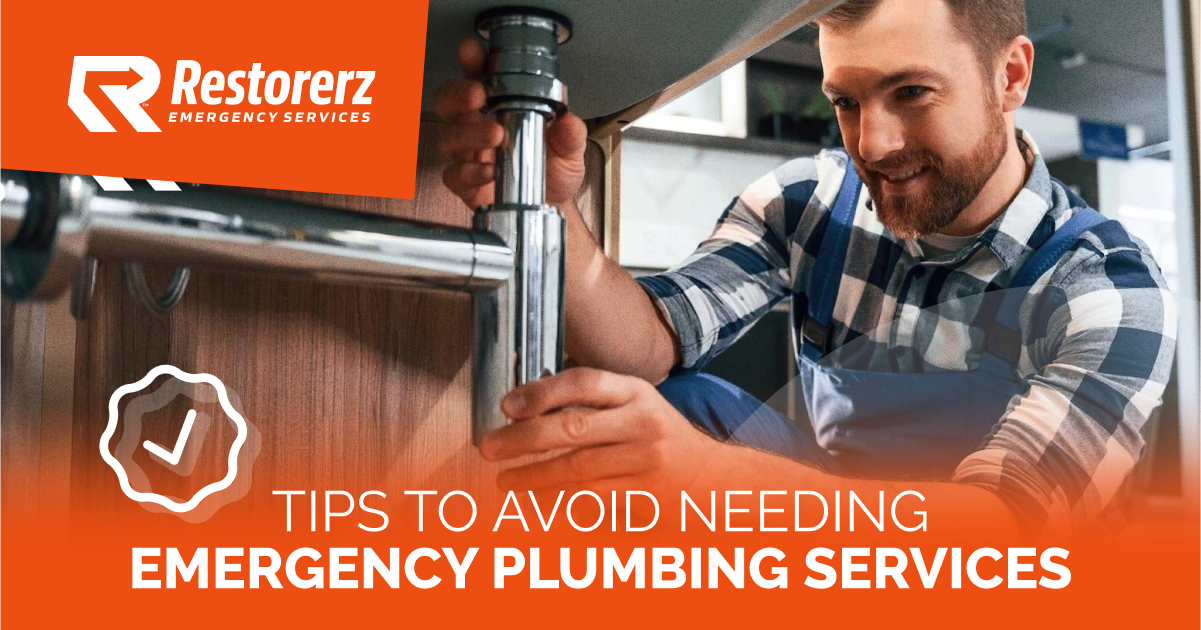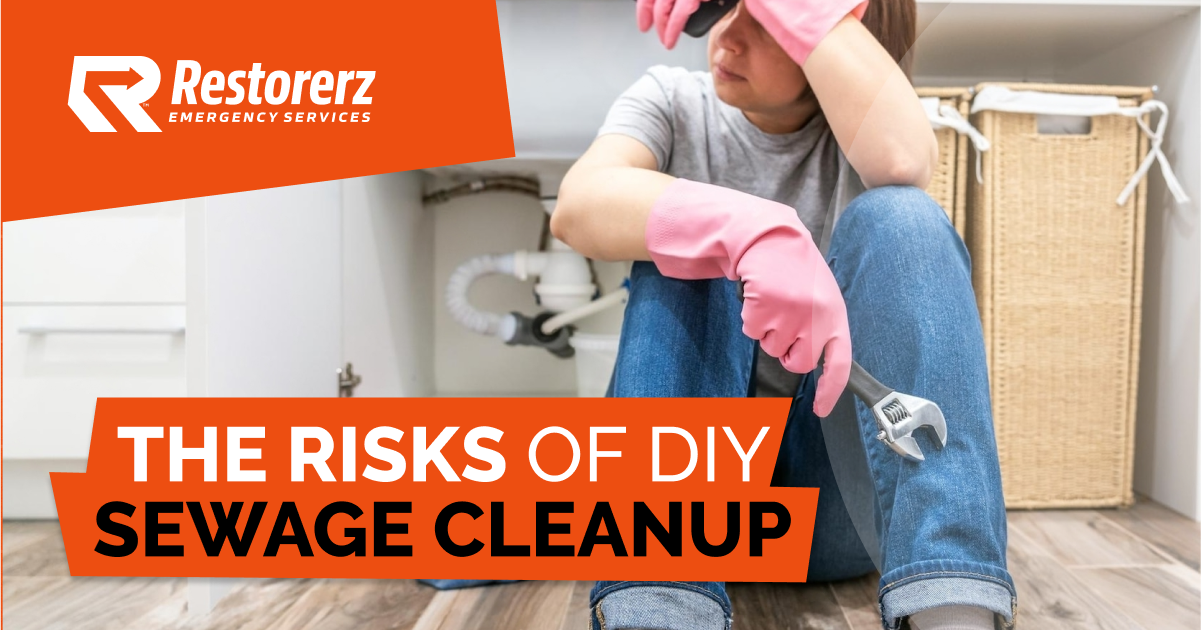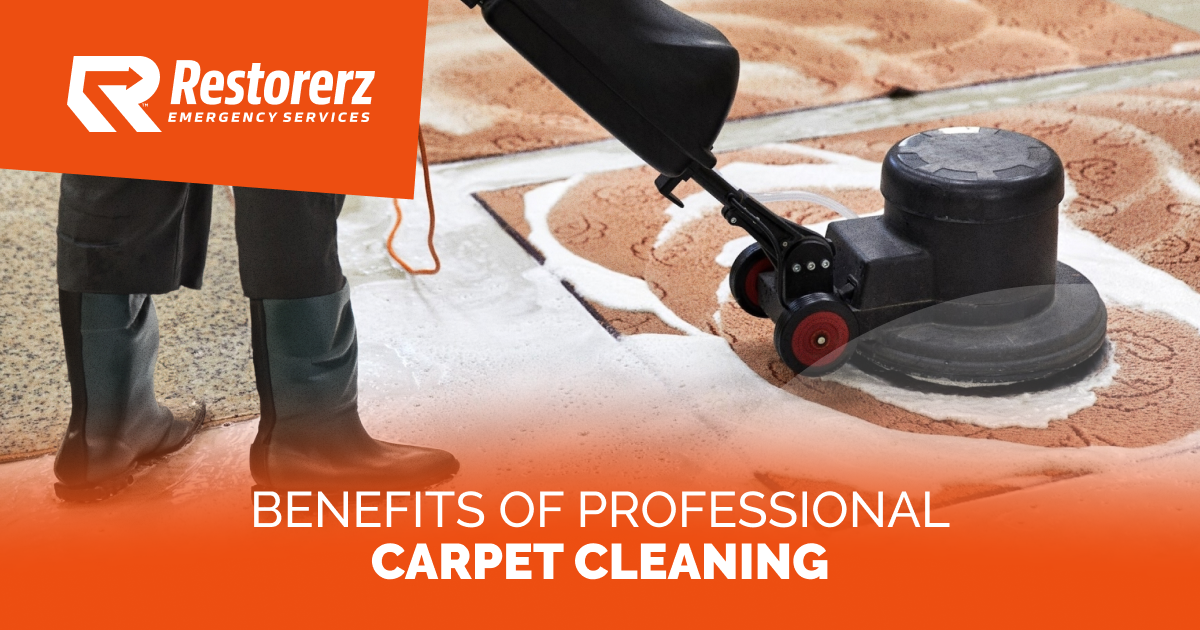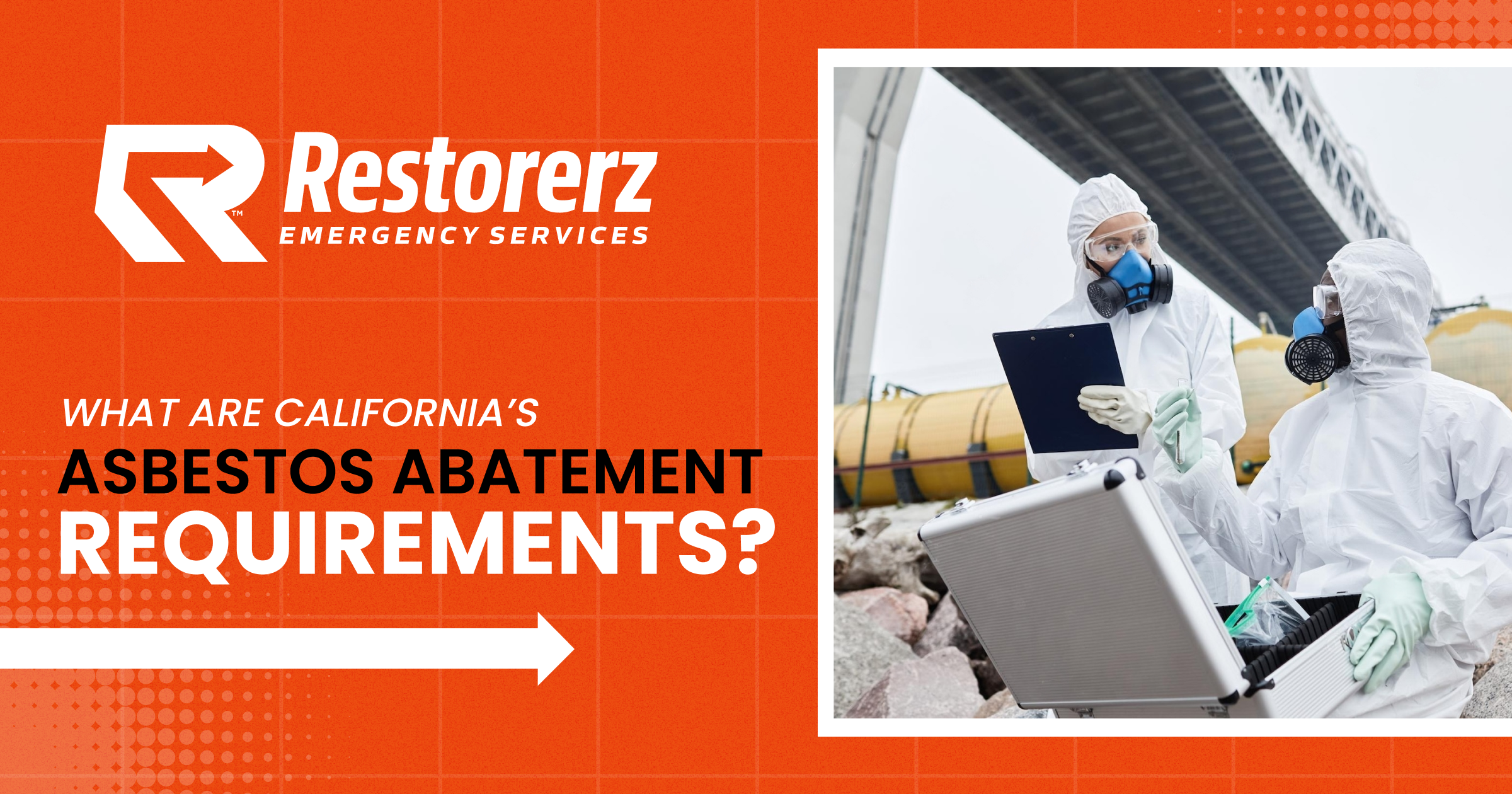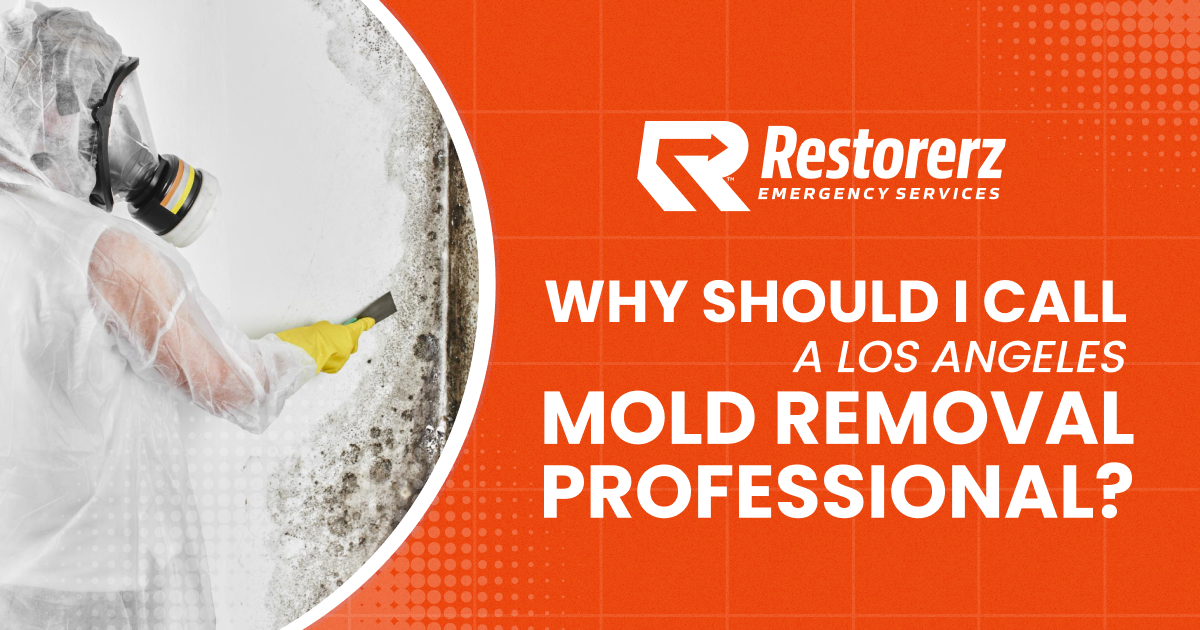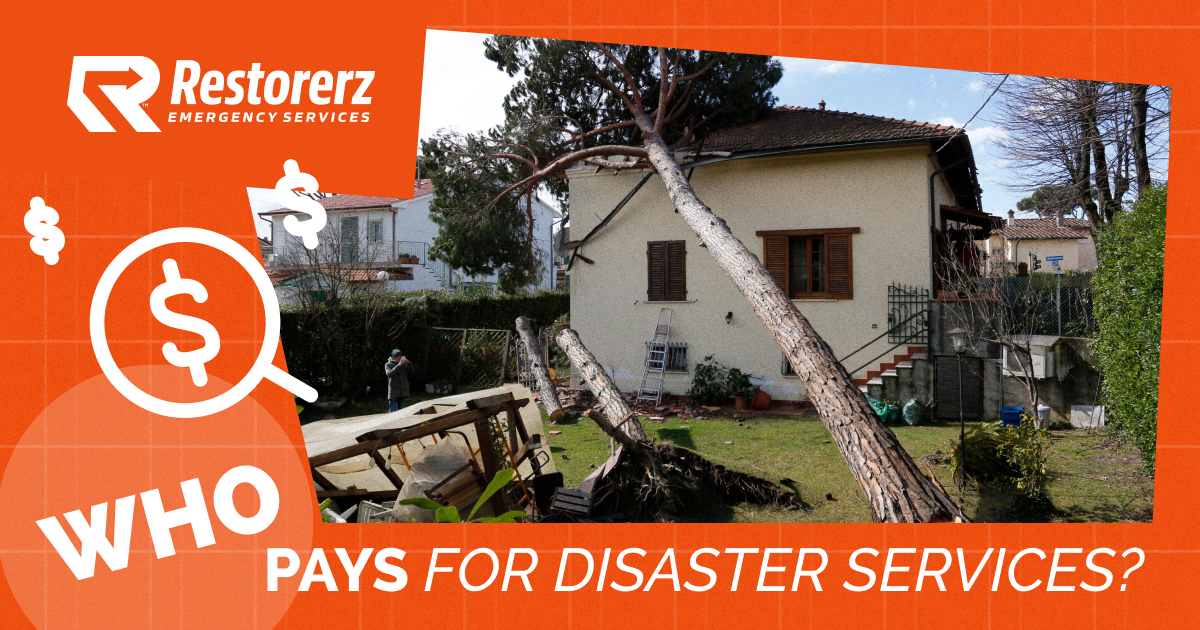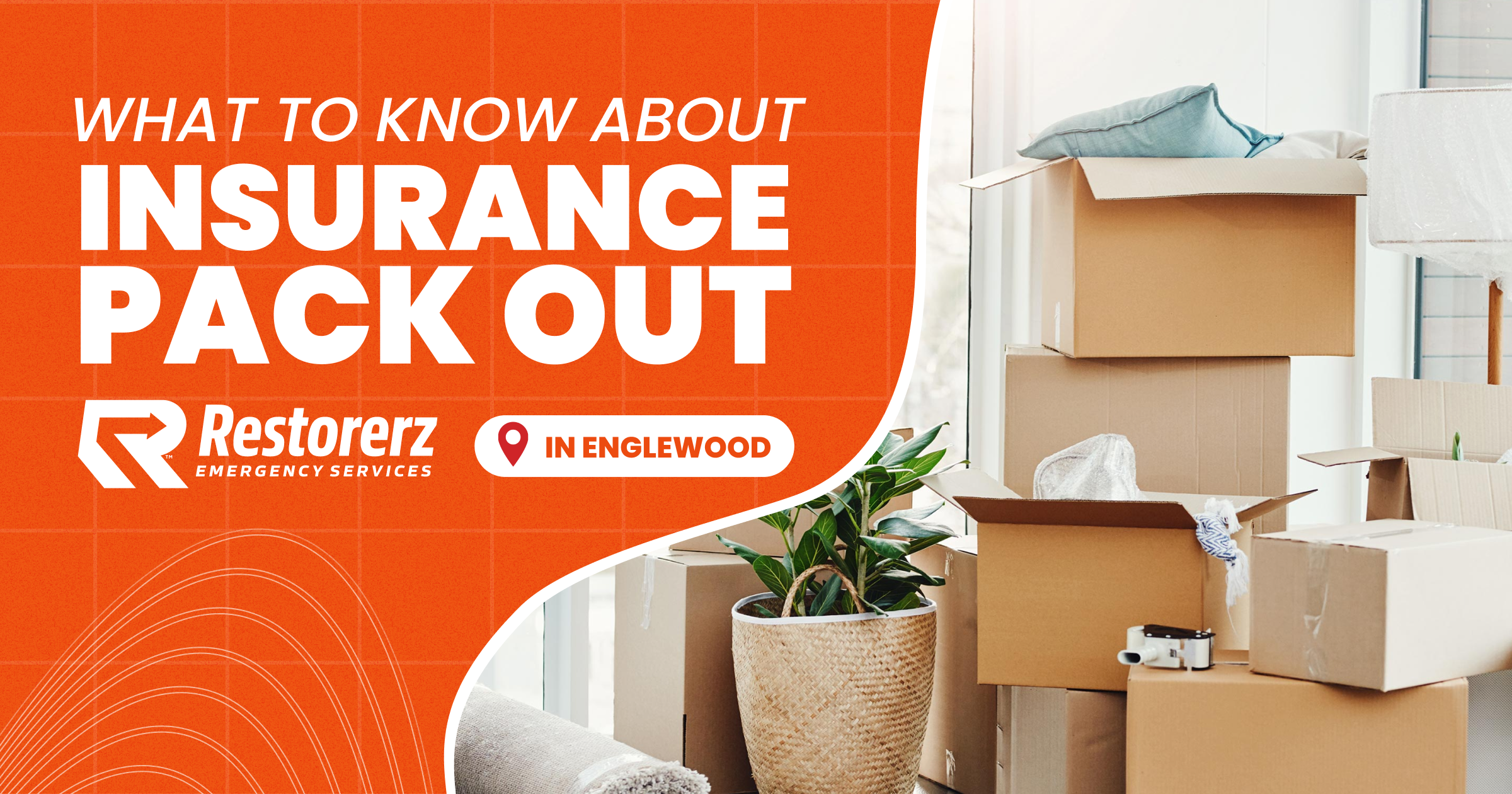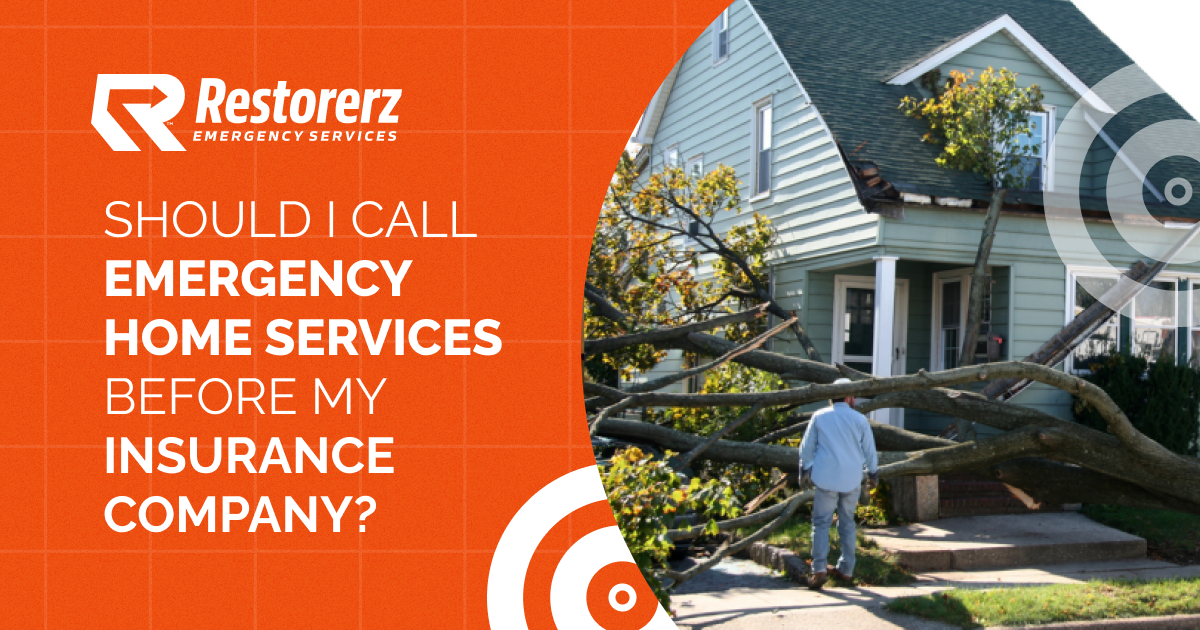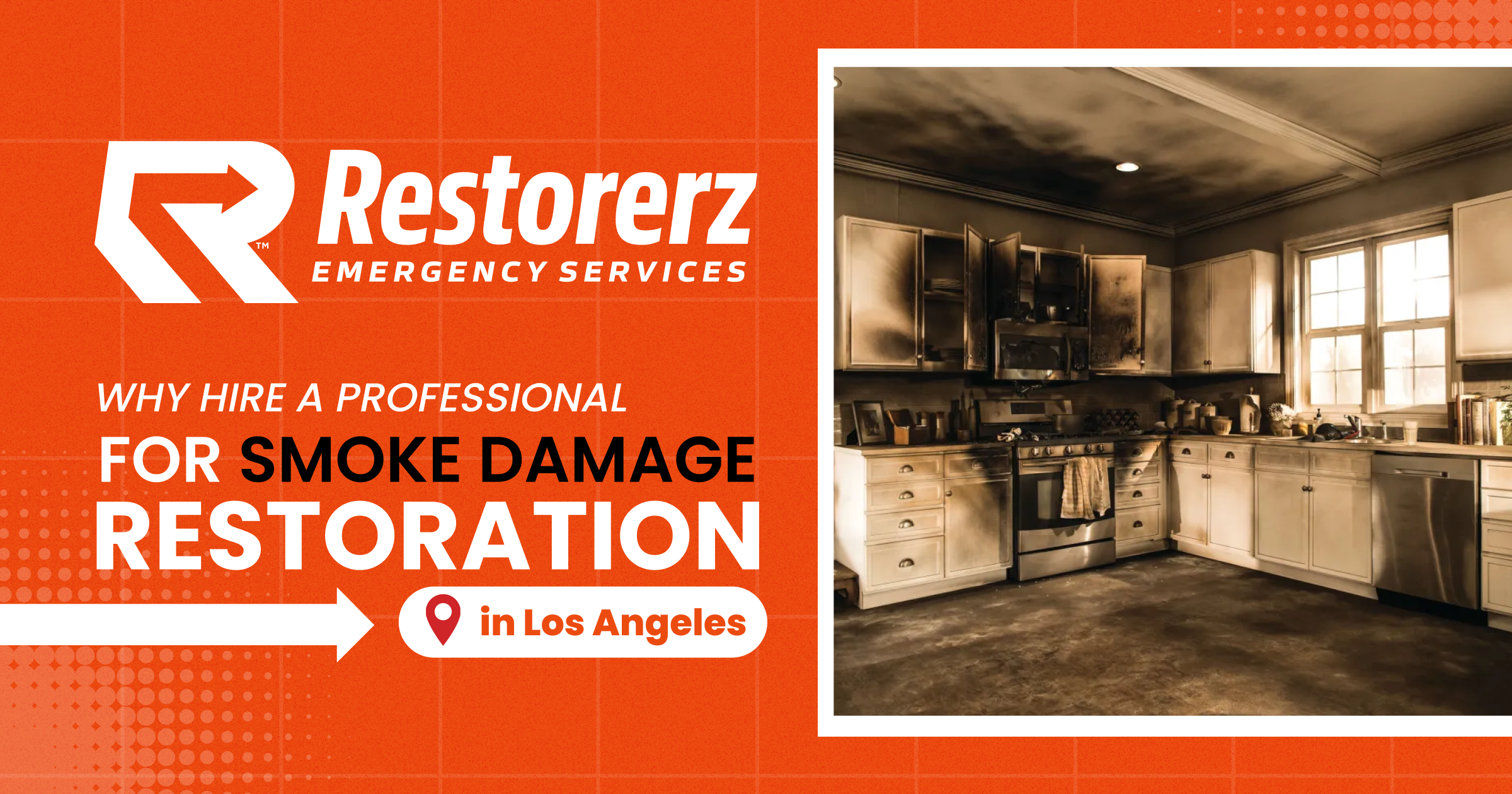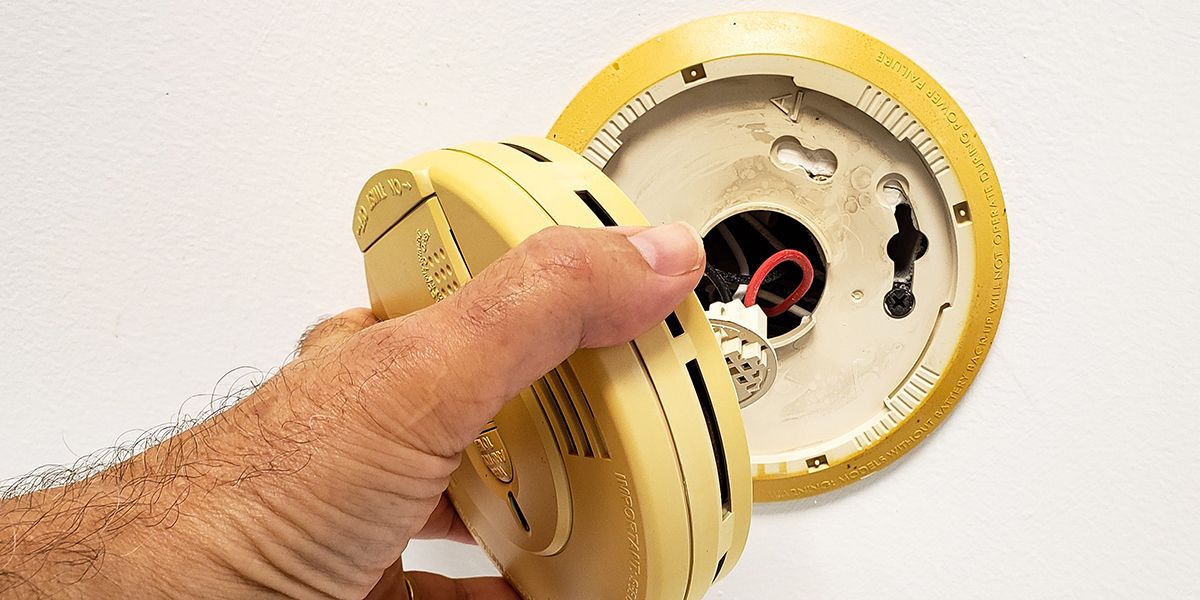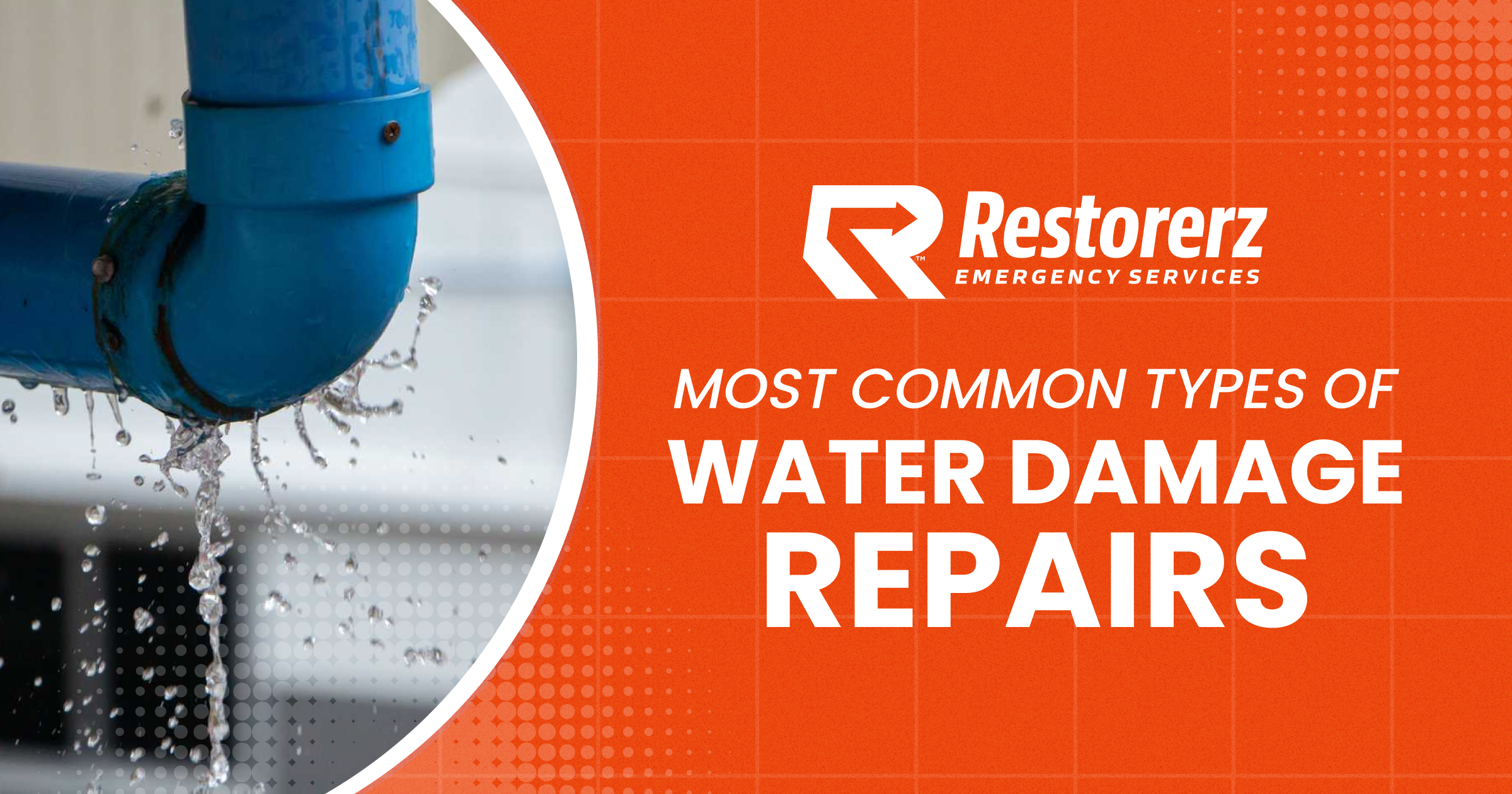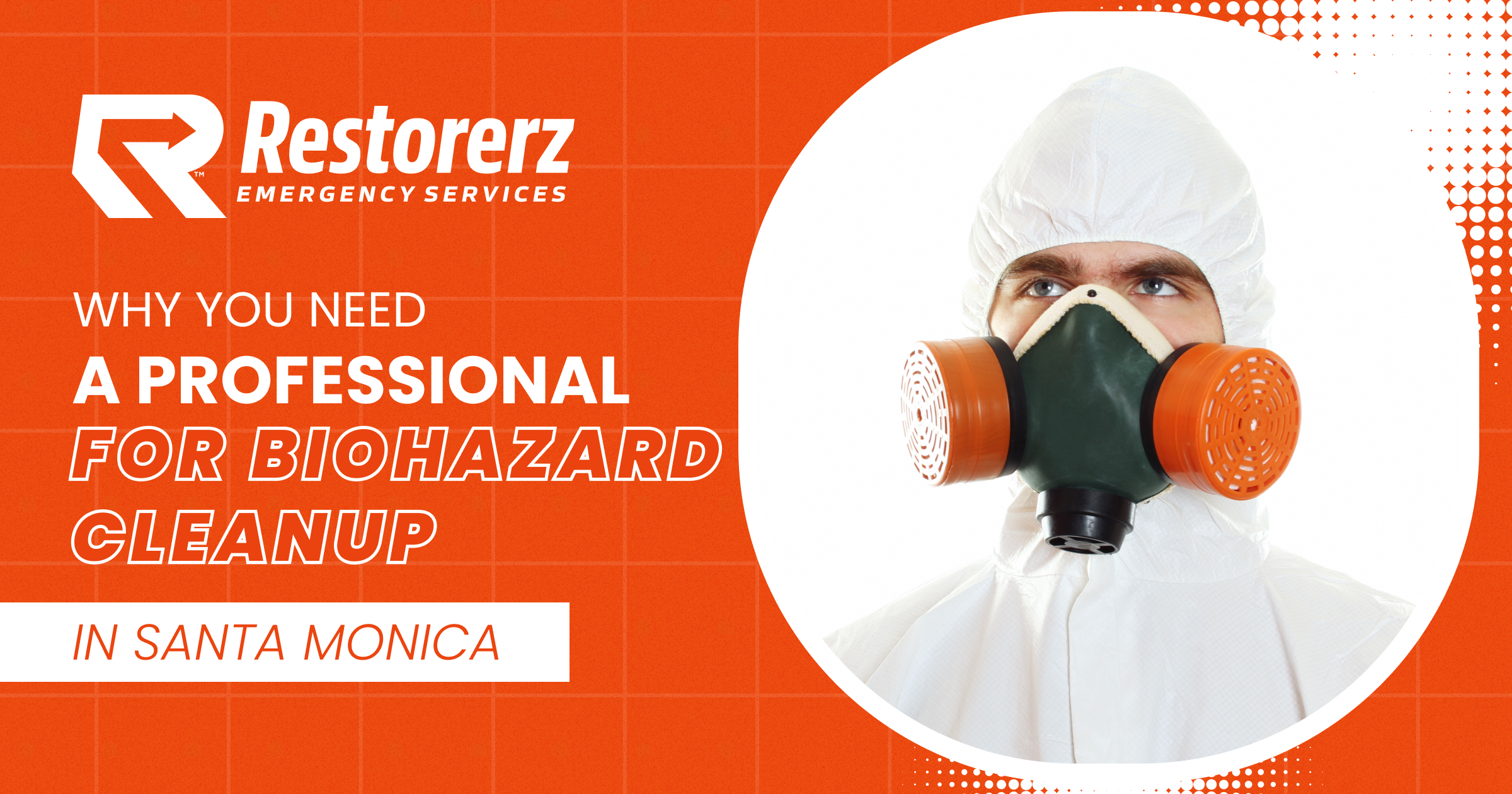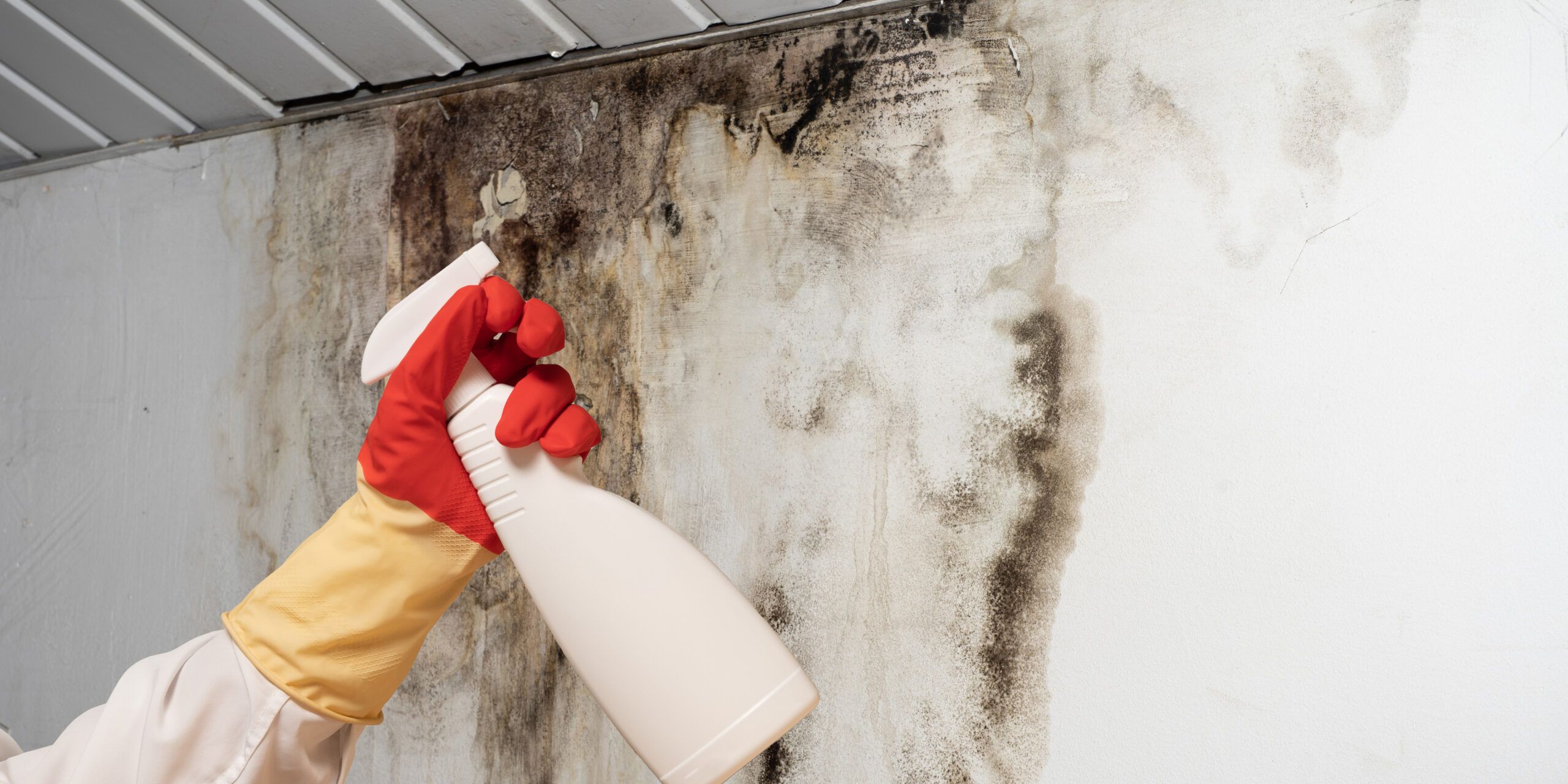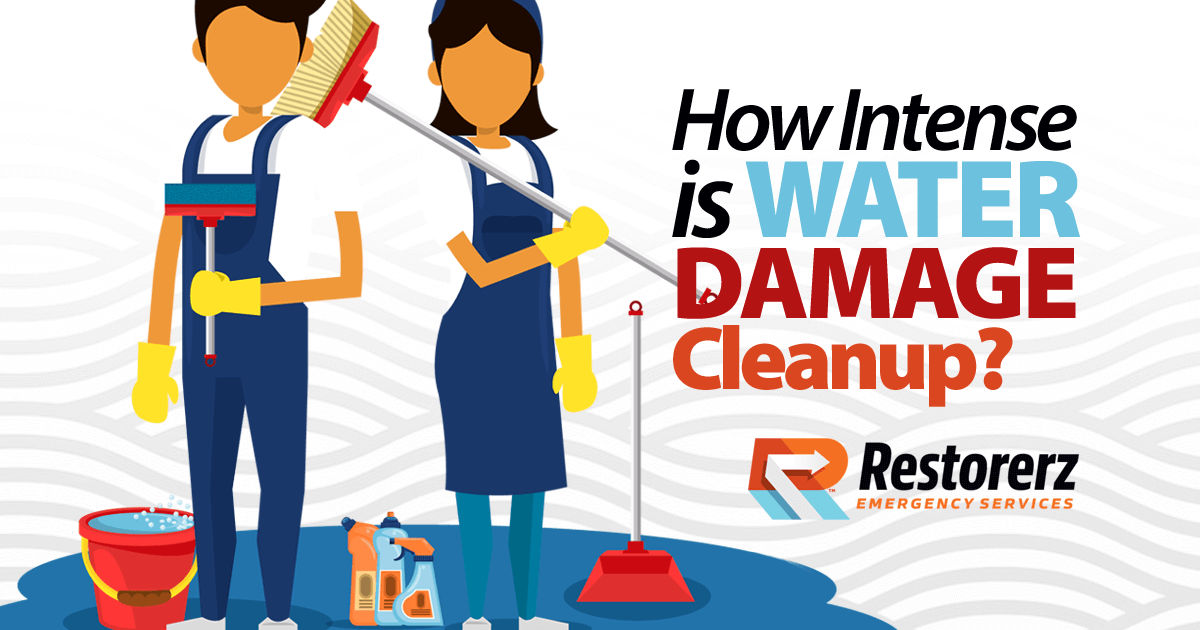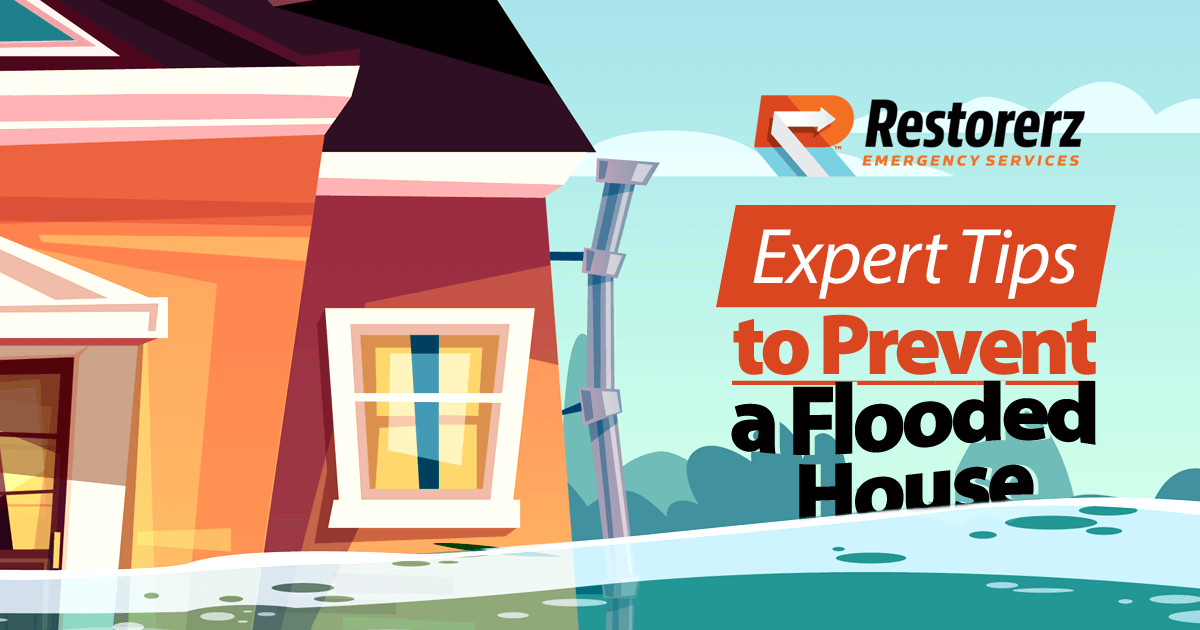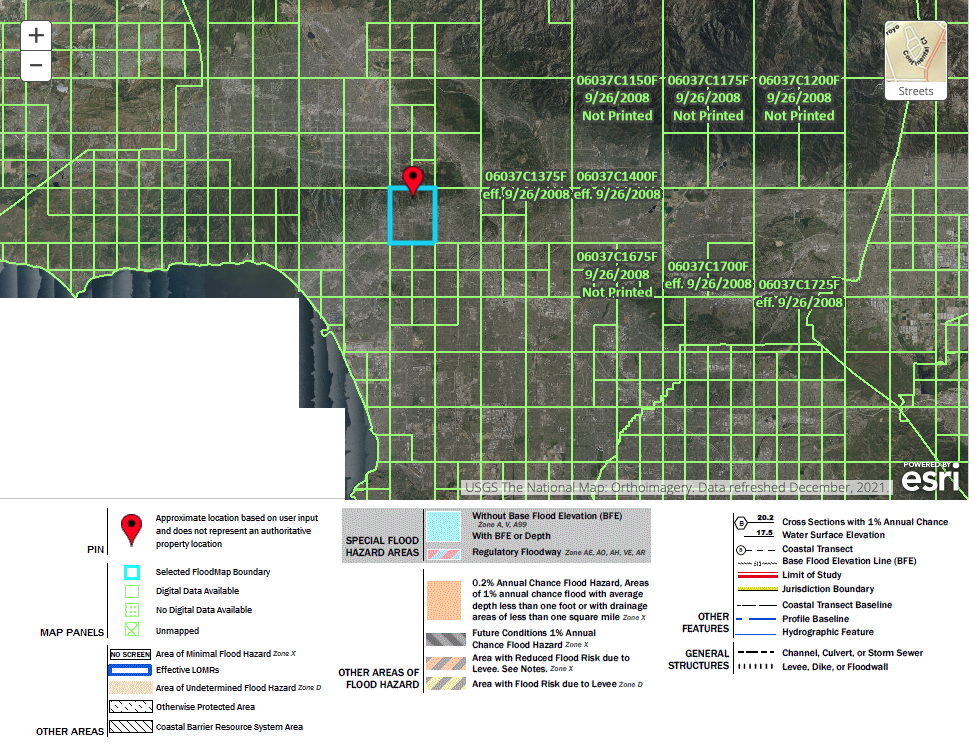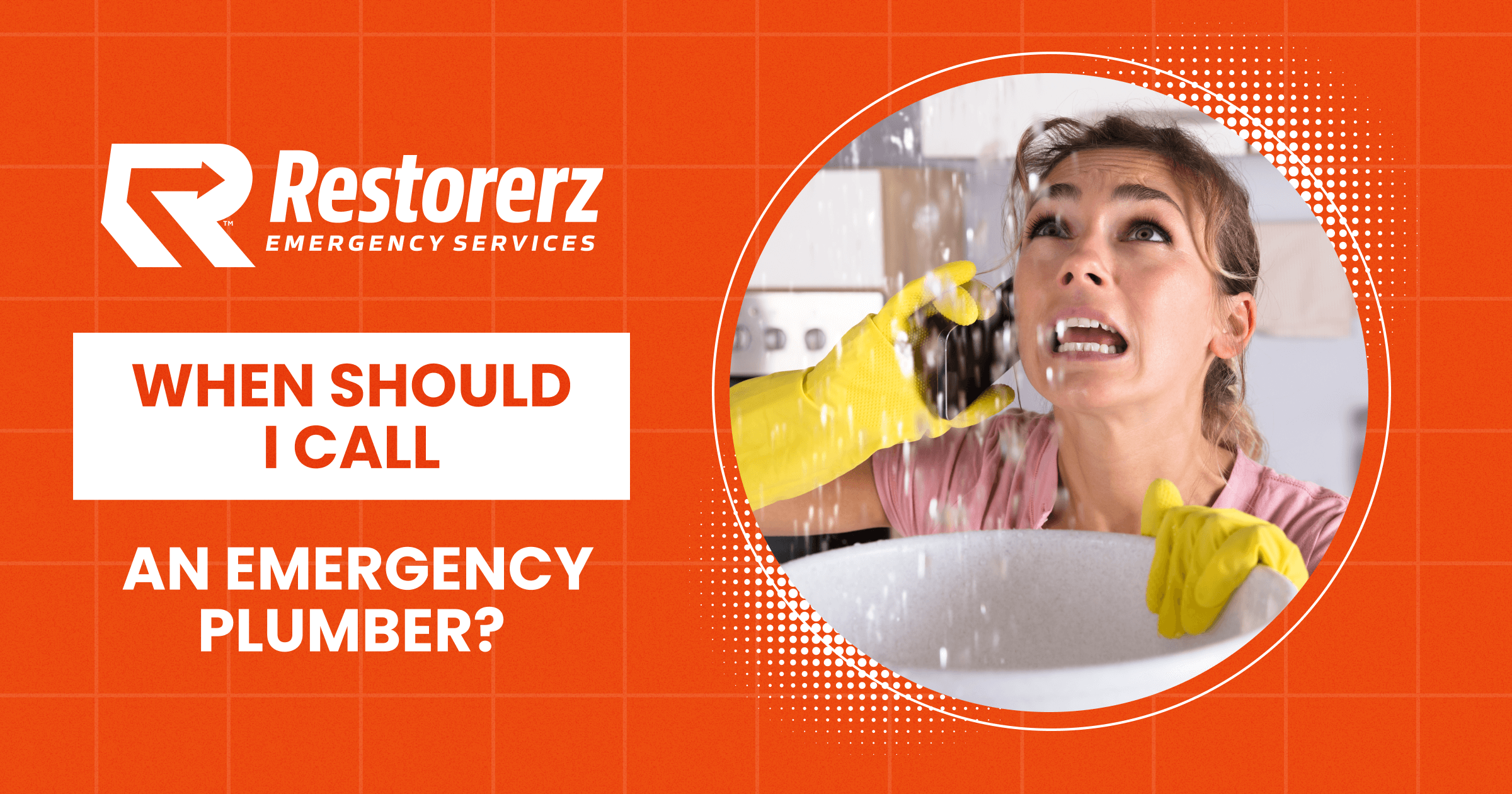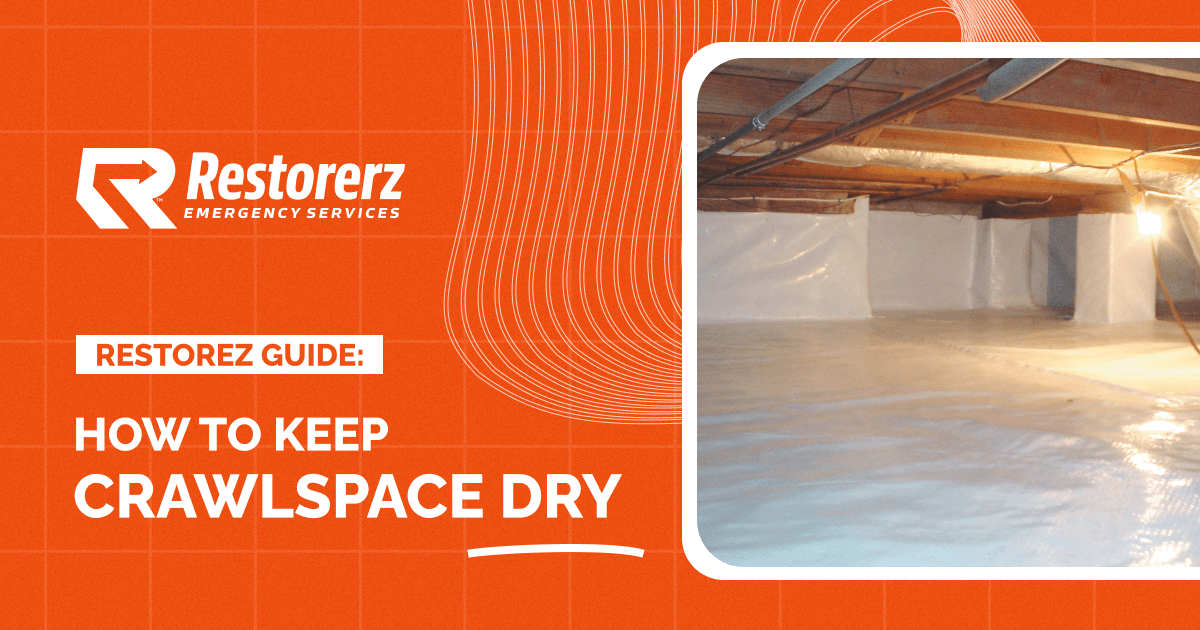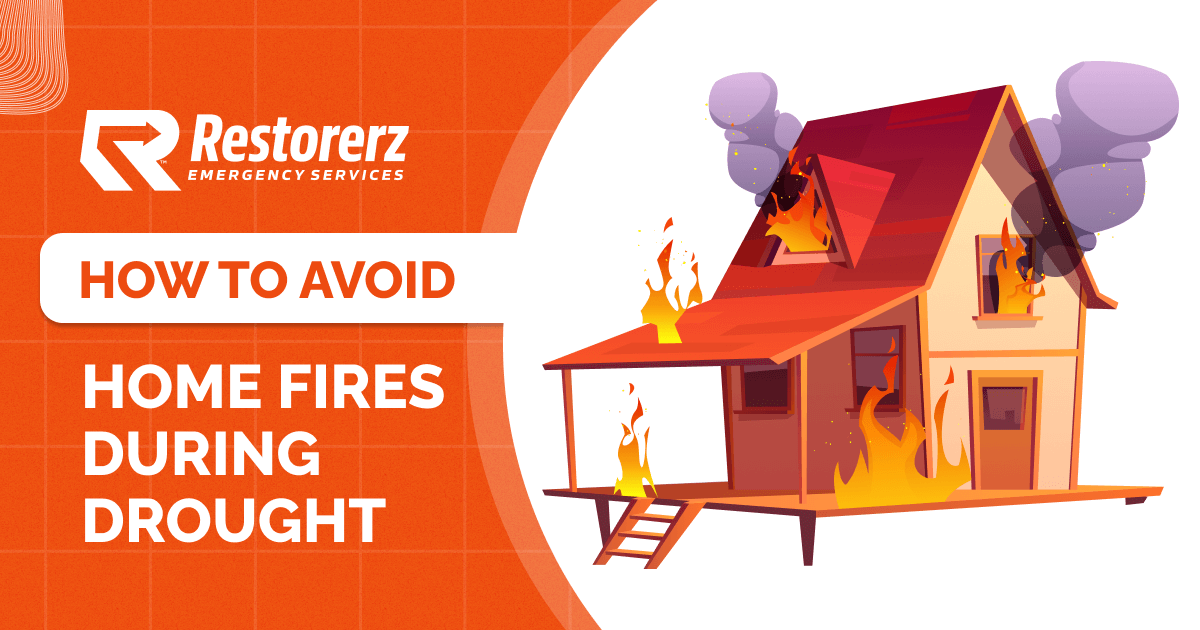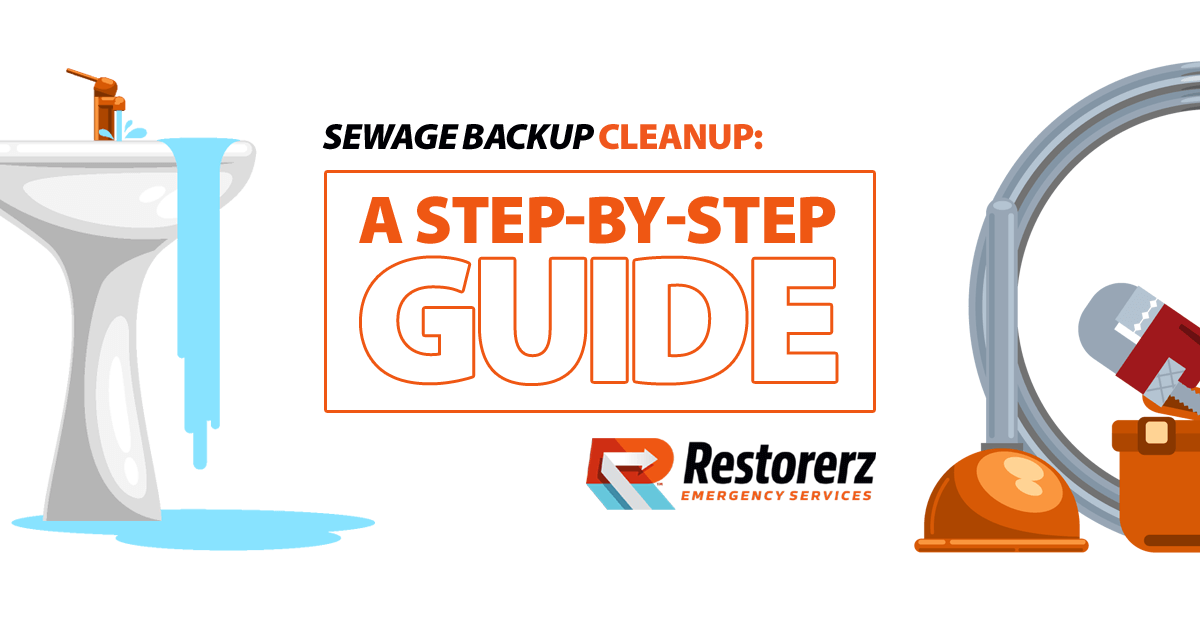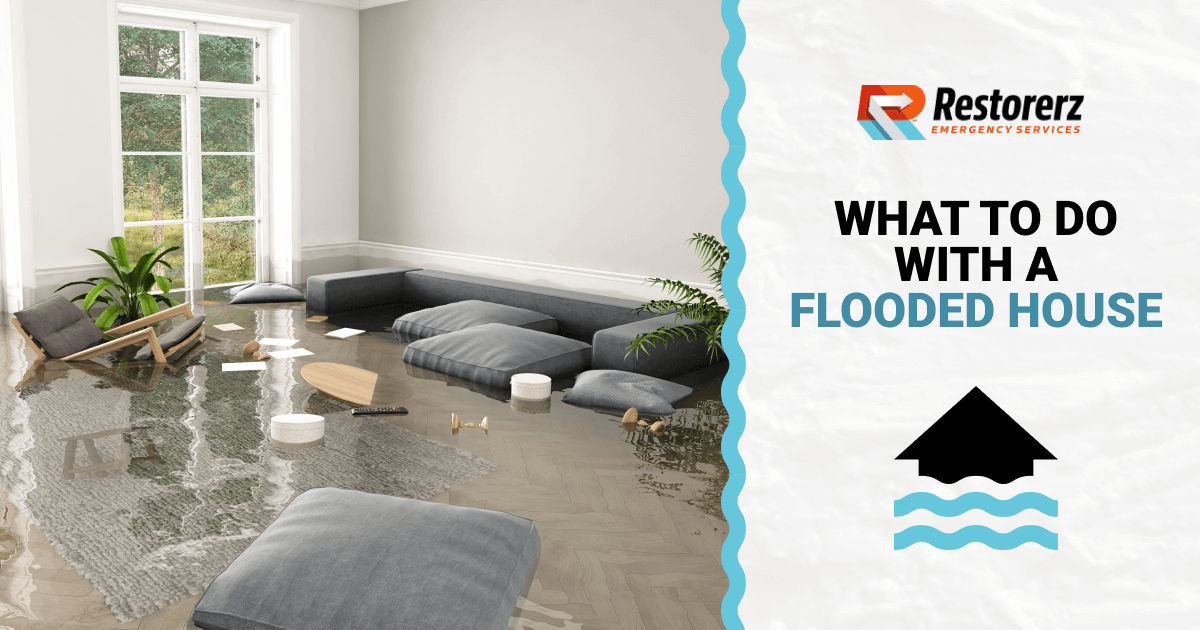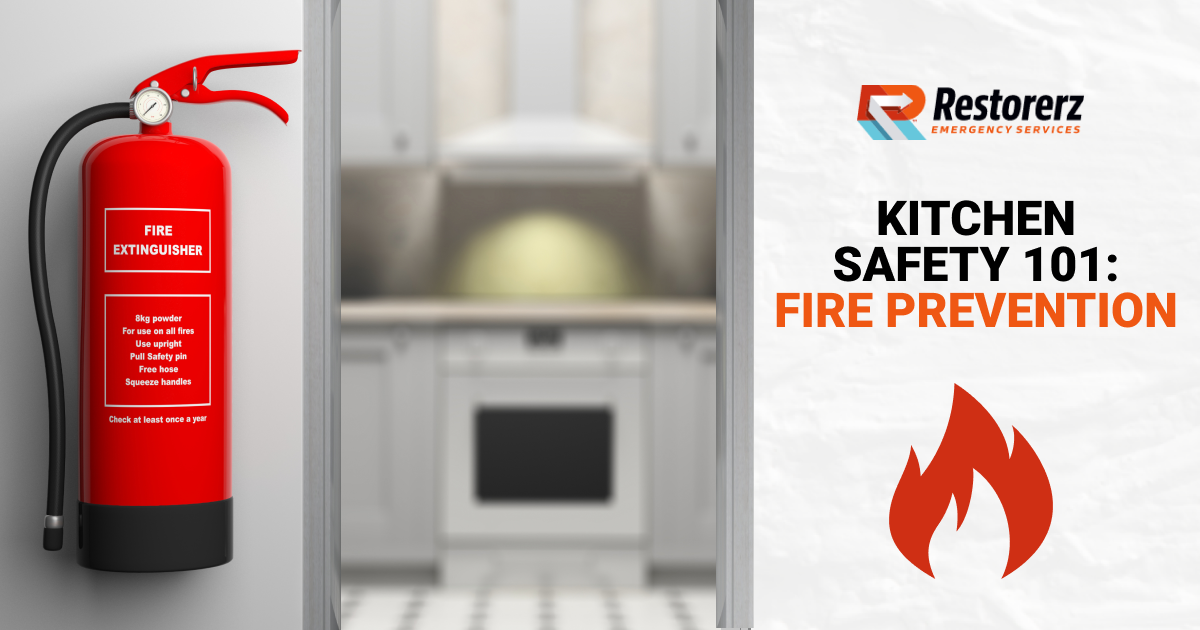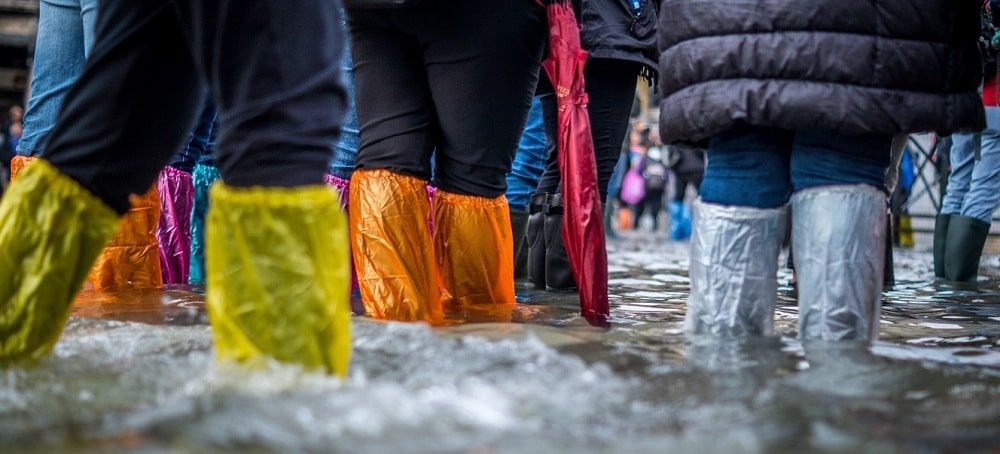In 2017 alone, California saw a devastating series of floods that ravaged over $1.05 billion worth of roads and highways. If you’re living in California, you know that this isn’t new. Floods in the area are a regular occurrence and that the best thing to do is to brace yourself and prepare for the worst.
Since floods in California appear to be inevitable, it’s important to educate your family and loved ones on flood safety while preparing your home to withstand the effects of possible flooding in your area.
HOW OFTEN DO FLOODS OCCUR IN CALIFORNIA?
In the United States, flash floods are among the most common and most destructive weather disasters. It’s no secret that floods have damaged billions in infrastructure and have claimed thousands of lives over the years.
Floods in California are extremely common. According to the Public Policy Institute of California, 1 in every 5 residents and $580 billion in infrastructure are vulnerable to flooding. Flooding is so common that every county has been declared a flood disaster area a number of times in the past years.
Heavy rainfall, even for a short period of time, may cause a sharp rise in water levels and elevate flooding risk. In California, 90% of the floods are caused by riverine flooding. However, other weather and environmental conditions such as hurricanes, excessive snowmelt and runoffs, tsunamis, lack of vegetation, and ‘atmospheric rivers’ may also cause floods.
Although floods of epic proportions are expected every 100 to 200 years (like the Great Flood of 1862), California residents may continue to expect floods brought about by unusual weather conditions. These include atmospheric rivers (or literally rivers in the sky) and heavy snowfall due to climate change.
FLOOD WARNING TERMINOLOGY
If you reside in flood-prone areas like California, part of flood-preparedness is learning flood warning terminology. The National Oceanic and Atmospheric Administration (NOAA)’s National Weather Service recommend learning these warnings to prepare for a flood:
- Coastal flood watch. This is issued for coastal areas where moderate to major coastal flooding is possible. These floods may pose a serious threat to life and properties in the area.
- Coastal flood warning. A coastal flood warning is raised in areas where moderate to major flooding is imminent (or occurring). As with the coastal flood watch, flooding may be a serious threat to life and properties in the area.
- Coastal flood advisory. This is issued when minor coastal flooding is imminent (or occurring).
- Flash flood watch. This is issued when minor coastal flooding is imminent (or occurring). This advisory is issued when weather conditions may encourage flash floods. Flash floods are possible, but not necessarily certain.
- Flash flood warning. A flash flood warning indicates that flash floods are imminent or are already occurring.
- Flood watch. A flood watch means that weather conditions may encourage flooding. Flooding is possible, but not necessarily certain.
- Flood warning. This warning means that floods are imminent or are already occurring.
- River flood watch. Places with a river flood watch may experience possible river flooding.
But flood warnings aren’t the only ones to watch out for. Since other severe weather conditions (like hurricanes and tropical storms) may lead to flooding, it’s also necessary to get acquainted with the following advisories when you prepare for a flood :
- Hurricane watch. This is issued when winds of 74 mph or higher associated with a tropical cyclone pose a possible risk within 48 hours. It is possible for hurricane winds to bring about coastal and/or river floodings, and storm surges. A hurricane watch means that a hurricane is possible but not certain.
- Hurricane warning. A hurricane warning means that winds of 74 mph or higher from a tropical cyclone is expected within less than 36 hours. This warning remains in effect when dangerously high waves and high water continue, even if the wind speed slows.
- Tropical storm watch. This means that winds of 39 to 73 mph pose a possible risk within 48 hours. These winds may be accompanied by river or coastal flooding and storm surges. A tropical storm watch means that storm weather conditions may be possible (but not expected).
- Tropical storm warning. With a tropical storm warning, winds 39 to 72 mph are higher are expected and may be accompanied by coastal flooding, river flooding or a storm surge.
HOW TO PREPARE YOUR HOUSE FOR A FLOOD:
BEFORE THE FLOOD
Not all homes can be flood-proof but there are still some things you can prepare to minimize flood damage to your home. Since some areas in California are notorious for flooding, it’s better to learn in advance how to prepare your home for a flood.
Flood watches and warnings mean that it may be too late to prepare for a flood, that’s why you have to take these steps now or as soon as you’re able.
Get flood insurance. Standard homeowners’ insurance usually excludes coverage for flood damage. If you live in coastal California (or near bodies of water), flood insurance can help protect your assets from flood-related losses and give financial assistance in case of flood damage restoration and repairs.

Residents in communities participating in the NFIP are eligible to purchase flood insurance. You can purchase flood insurance from licensed casualty and property insurance brokers who deal directly with the Federal Emergency Management Agency (FEMA), but you may also get flood insurance from companies with a Write Your Own (WYO) program.
How does flood insurance work?
A flood insurance policy usually takes effect 30 days after purchase. However, for properties in high-risk areas where lenders require the borrowers to regularly renew flood insurance, the flood protection policy takes effect immediately.
Flood insurance generally covers physical losses from flooding, such as:
- Tidal and inland water overflow
- Runoffs
- Mudflow in normally dry areas (but not landslides)
- Create flood action and evacuation plans. Plan, learn and practice hypothetical evacuation measures, routes, and responses in anticipation of floods in your area. To know the flood risks where you live, you can use FEMA’s Flood Map Service Center.
Make sure you know when you should evacuate or stay in. Get ahold of emergency numbers and know the location of the nearest shelter in case you need to evacuate. Also, sign up for (or stay tuned to) your community’s emergency alert system to get important storm or warning updates.
- Prepare your home. Aside from purchasing flood insurance, there are ways to protect your home from a flood. For instance, you can clean your drains and gutters. You may also install flood control valves so you can get rid of excess water during heavy rains. Before the rainy season, make sure to move your valuables in a place where floodwater can’t reach.
- Prepare survival/item kits. Secure your important documents (i.e. birth certificates, deeds) and physical valuables in a waterproof container. Make sure to back up these hardcopies with password-coded digital soft copies.
Have two emergency kits with you at home. Create (or purchase) an ‘evacuation kit’ and a ‘stay-in kit’ in preparation for both evacuation and staying-in scenarios.
EVACUATION, SURVIVAL OR STAY-IN KIT ESSENTIALS FOR FLOOD EMERGENCY
- Emergency tools: Lightsticks, flares, flashlight and extra batteries, emergency candles, waterproof matchsticks, emergency radio, whistle, self-defense items, tactical gear, duct tape, rope, hand tools, survival multi-tool
- Food and water: Water supply for 3 days, water purification tablets, high-energy bars, portable cooking stove, and fuel
- Toiletries and medicine kits: Medicine kit, hygiene kit, toilet paper, first aid kit, heat pack, dust mask
- Clothing: Headcovers, thermal underwear, set of extra clothes, jacket, mittens, extra footwear, leather palm gloves
- Shelter materials and camping gear
- Others: Waterproof bags, trash bags, pencil/pen, paper
Before the flood, gather emergency supplies not only for you and your loved ones but also for your pets. Regularly check the expiry dates of food items and replace them accordingly. Make sure to have your survival kits within reach in case of a flood emergency.
Prepare family members who are seniors or with disabilities.
Communicate your emergency evacuation plan with your family members. Let them have an emergency phone with backup batteries for communication, whether they live with you or not.
Have emergency contact details on their phone and include an out-of-town contact for them to call in case your local contacts may be affected by the flood as well.
If your family member has special medical needs, talk to your doctor regarding an emergency backup plan.
In addition to an emergency or survival kit, have another kit for your loved one’s medicines or special needs (i.e. extra hearing aid and batteries, extra pair of glasses). Help them safeguard their important documents and keep them within reach, especially their insurance documents, health cards, power of attorney, or similar documents.
Keep your pets safe. Besides taking care of your loved ones, you’ll also need to protect your pets during a flood. The best way to do this is to plan your emergency measures for them prior to a natural disaster.
A few tips:
- Make sure your pet is wearing identification at all times.
- Find evacuation areas that allow pets in case you need to evacuate.
- Prepare a survival kit for your pets as well. If your pets have special needs, include them in their kit.
- Find a trusted neighbor to leave your animals in case of an evacuation order.
WHAT TO DO DURING THE FLOOD
Besides preparing for the flood beforehand, it’s equally important to know what to do during the flood. While some floods may not be as life-threatening as others, it’s still necessary to become aware of the right choices to make in order to survive a flood.
Stay tuned for flood updates in your area. Listen to the NOAA Weather Radio or the emergency alerts for evacuation instructions and travel routes to use (or not to use).
You should evacuate when the government issues an evacuation order. Make sure to take your evacuation/survival kits with you.
When evacuating:
- Secure your home before evacuating. Turn off electricity, gas and water and if you have time, move your valuables to higher ground.
- Depending on your evacuation plan, go to the safe location you’ve previously identified when the roads are still passable. It can be hard to travel when the flood/storm gets worse.
- Do not try to drive around barricades, as emergency responders seal these roads strategically so residents may avoid heavily flooded areas.
- Do not try to drive through flooded areas. Also, do not try to swim or walk through floodwaters to avoid drowning or getting sick from the dirty water.
- When traveling, if you can, steer clear of bridges with rushing water. Raging waters are extremely dangerous.
- If you’re trapped within a building, go to the highest level. When at home, avoid taking shelter in a closed attic. However, go to the roof only when absolutely necessary.
- If you’re trapped in a vehicle in raging waters, stay inside. When you feel that the water is rising, get to the roof.
When staying at home during a flood:
- If your home is flooded, stop the water source.
- If the water level continues to rise, turn off your electricity. Find a way to reach your fuse/breaker without wading into the water.
- Shut off your gas, furnace, and water systems.
- Disconnect your appliances and move your valuables to higher ground.
- If the water level continues to rise, move to higher ground, evacuate, or ask for help.
WHAT TO DO AFTER THE FLOOD
Experiencing a flood can be a traumatic experience for you and your loved ones. Amidst it all, stay calm and don’t panic. Offer emotional support and comfort for your loved ones and give them the assurance that no matter how worse things seem, everything will be okay.
If you have evacuated and are planning to return home after the flood, check the news and weather bulletin if it’s safe to travel. Return home if the authorities declare the roads safe for travel again.
When returning home:
- Upon coming home, beware of wild animals (i.e. snakes) and other creatures that may have taken shelter in your home. Wear boots and protective gear when cleaning the house. Also, avoid wading in the water without protective gear to prevent getting sick from contaminated water.
- If your home is flooded, drain excess water from your home and check for signs of water and mold damage. Check for bucking in wooden floors, walls, and ceilings and check for broken glass, windows, and debris.
- Dry and disinfect your home after the flood. Get it professionally disinfected and cleaned if you have to. If there’s water damage, have it professionally repaired to prevent mold overgrowth and rot.
Make sure to document the flood water damage to your home. Documentation will be helpful in making claims to your insurance provider for flood water damage.
Do you need the assistance of our water damage restoration team? You can trust our professionals to act immediately and handle your water damage restoration needs.

